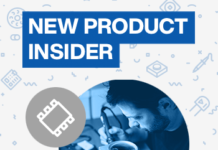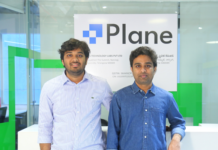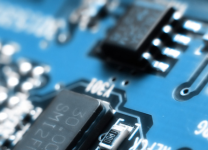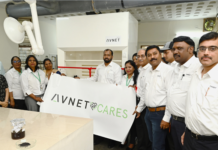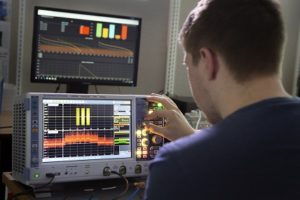
Rohde & Schwarz today announced that it has won a contract to supply test equipment for the Electronic Engineering IoT living laboratory at the University of Aalborg. The IoT living lab is central to the University’s teaching of Electronic Engineering, and used for experimental Internet of things (IoT) projects by technical staff, MEng and masters students.
The University of Aalborg has equipped the IoT living lab with an R&S RTO2034, 4ch. 3 GHz oscilloscope, 2 x R&S RT-ZVC04 battery lifetime power analyzers, R&S CMW-Z10 shielded boxes, R&S CMW run test sequencer software, R&S TSME6 radio scanner, 38 GHz downconverter and 6 GHz R&S SMBV100B vector signal generator that offers in-depth and advanced IoT test applications across current and future IoT technologies. This not only improves the accuracy in the scientific and experimental test, but also facilitates a versatile and reliable IoT living lab with Rohde & Schwarz test setups. The battery lifetime application in conjunction with the R&S RTO2034 oscilloscope enables precise, instant and long-term, device under test, battery lifetime performance test.
The university has also implemented Rohde & Schwarz’ R&S CMW290 and CMWrun test sequencer software solution in conjunction with R&S RT-ZVC04 power analyzer to streamline real-time power management cycle C-IoT device tests. This software automates and displays power distribution vs. time on C-IoT devices in realistic operational mode.
Per Hartmann Christensen, Technical staff Lead, Wireless Communication Networks, commented, “In 2018 we were often challenged in our experimental IoT monitoring & measurement campaigns, both wireless and power management performance issues on IoT devices was monitored, but we did not have the equipment to measure important details and critical parameter impacts to the IoT device performance. With the new setup from Rohde & Schwarz, we have immediately gained the needed capabilities and we can now measure critical IoT device performance to a new level of technical insights which is crucial for our research and recommendation to the IoT industry.”



